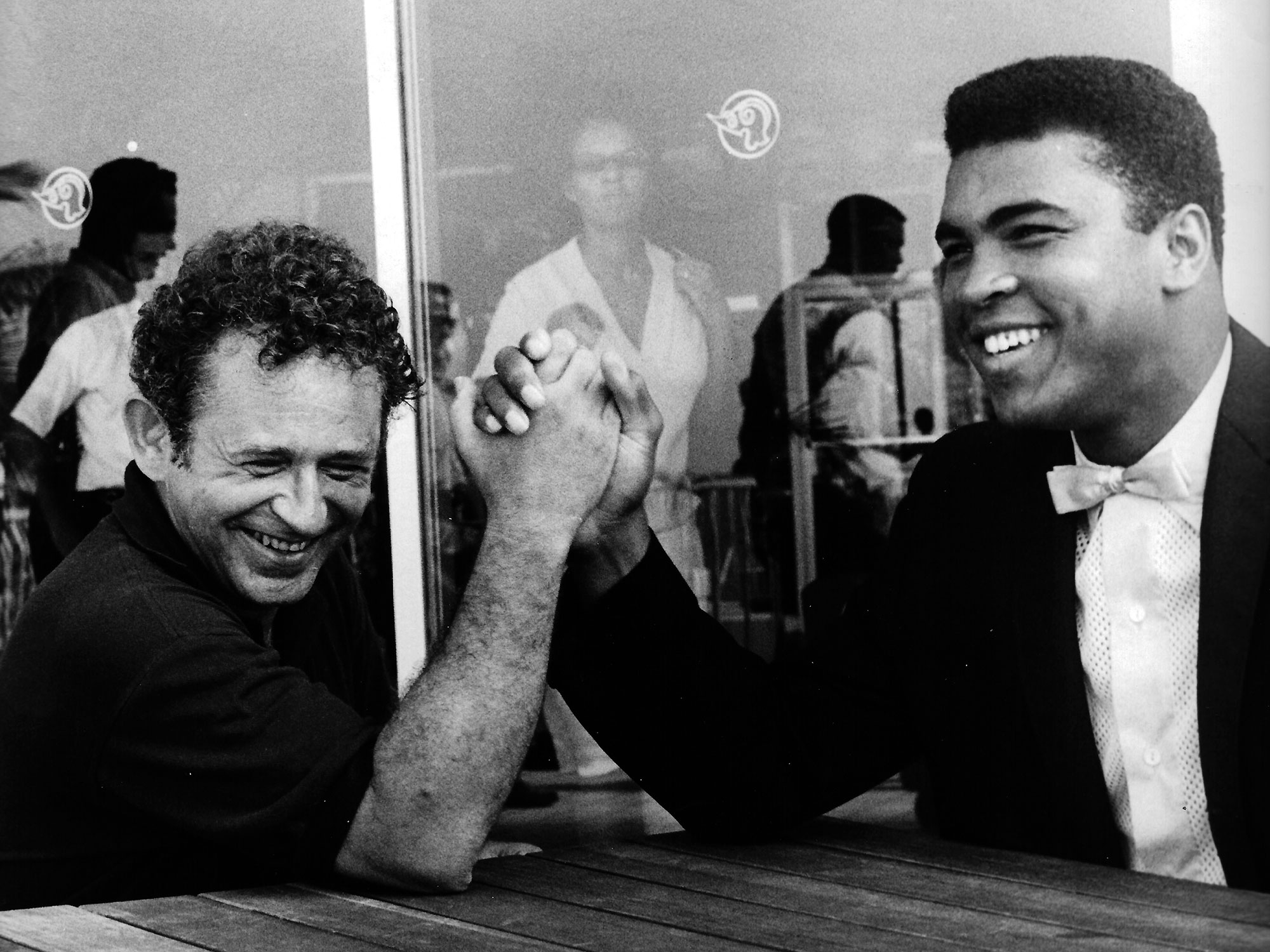What clearly distinguishes Ali: A Life from the score of biographies preceding it – including even the best of them: Thomas Hauser’s Muhammad Ali: His life and times (1992), David Remnick’s King of the World and the Rise of an American Hero (1998), and Gerald Early’s Muhammad Ali Reader (2013) – is the analysis of the number and kind of punches Ali gave and received, round by round, over the long arc of his career. Jonathan Eig enlisted CompuBox, Inc to anatomize Ali’s bouts, using film and video recordings. The analysis determined that in his first ten years of boxing, he took almost twice as many punches as he received. Furthermore, most of Ali’s punches were jabs – he probably had the greatest left jab of all time – which, while effective at discombobulating opponents, is not as destructive of brain tissue as hooks and uppercuts. The famous “rope-a-dope” tactic that Ali used to take the championship from George Foreman in 1974 may have enabled him to win the fight, but the damage Foreman inflicted was terrible. In his last fight with Joe Frazier, the 1975 “Thriller in Manila”, Ali said that the pounding he received from Frazier (“the human equivalent of a war machine”, as Norman Mailer described him), “was like death, closest thing to dyin’ that I know of”. Eig deploys the CompuBox statistics sparingly, and tellingly, to demonstrate that a significant part of Ali’s unprecedented achievement as a fighter came from his willingness to take much more punishment than he gave out. He defeated Frazier in Manila to retain his title, but urinated blood for weeks. Sitting in his hotel room after the fight, he turned to a reporter, and said, “Why I do this”? Eig’s biography comes as close as we are likely to get to the answer.
